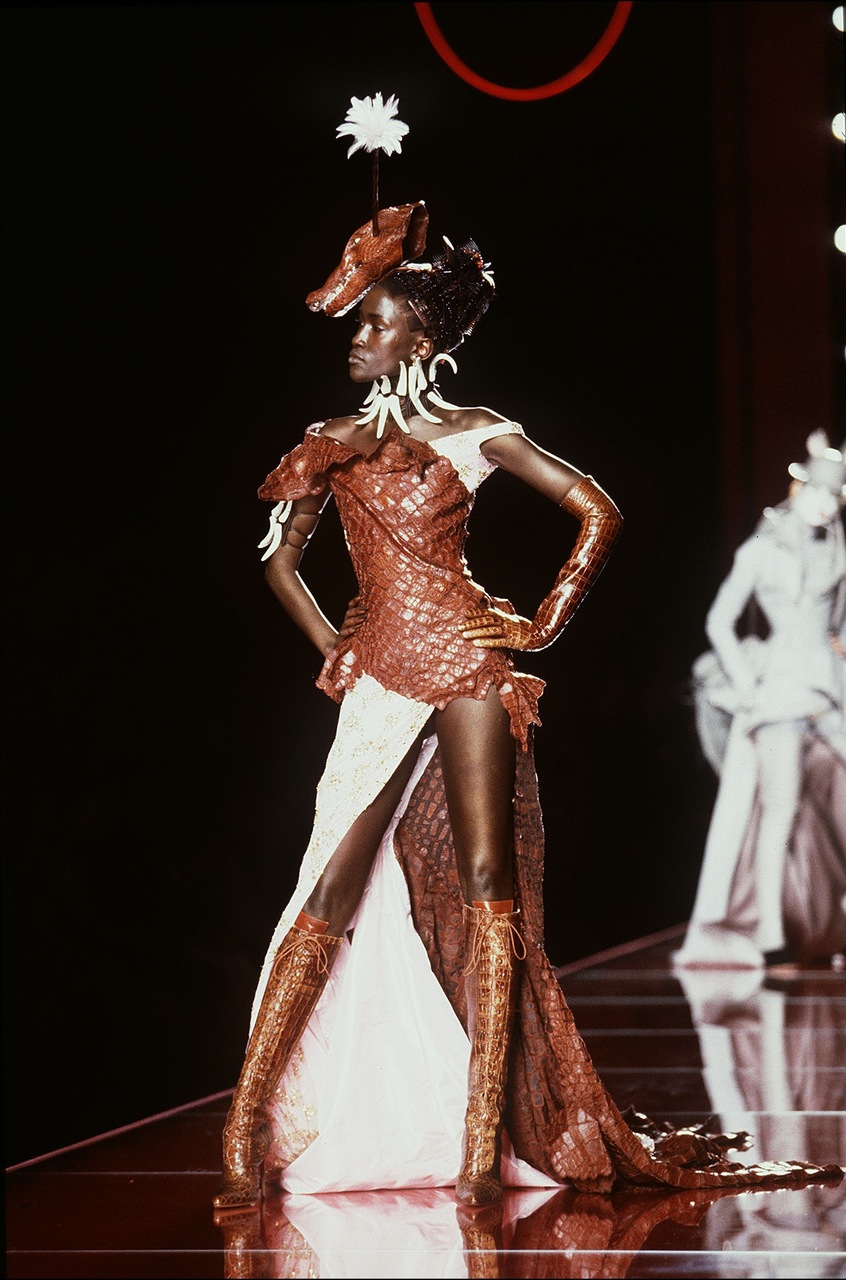Fashion has an addiction problem. I am not talking about illicit substances here, though the industry’s past issues with those have been well documented. Rather, I am talking about illicit … well, talk. Gossip. It seems unable to stop, and it is getting worse. In Paris last week there was more leaking going on in the maisons of Avenue Montaigne than in the Trump White House.
Rumors were rampant on the front row and in the back rooms; during dinner parties and over cocktail canapés. This designer was leaving this brand. That designer was coming. This house was firing that guy. That creative director was wildly unhappy.

The whispering went beyond the Kim Jones-to-Versace rumors, which may be true but are largely presented as fact. (Remember what happened to the last Versace fact, that Riccardo Tisci was taking the helm? Nothing!) It went beyond the knock-on speculation about what would happen at Louis Vuitton men’s wear if Mr. Jones left that label and who might be migrating there (though that was a big topic of discussion). It encompassed at least three other big brands that were maybe, possibly, it could happen, undergoing a change.
Some of the talk made no sense at all. Some of it was plausible. None of it was officially denied or confirmed, which meant it continued to gain currency.
I have never heard so much flagrant muckraking. I’d like to say this season was an anomaly, but actually I think this may be the new normal. It’s all hearsay, all — or most of — the time.
And that is a problem not just for the brands and people involved — not just for the designers, executives and, perhaps more important, all the relatively unsung men and women who work in the ateliers and on the design teams — but also for the clothes we are all supposed to wear.
There was a lot of talk over the last few weeks about how messy the spring collections were. A lot of “meh” responses to what was on the runway: shorts (shorts?!), logos, 1980s and ’90s homages. The kind of clothes designers tend to fall back on for inspiration when they are feeling uninspired. Slap a monogram all over a trench coat and it becomes a stand-in for style when the style itself is lacking; when nothing else sets a garment apart from all the other garments just like it — not line or bugle bead or volume.
After all, when there is a lack of commitment to a vision, the vision itself starts to get fuzzy. How do designers have faith in their own work when it seems as if they are doubted by their peers? For retailers, why should they buy into a line if they think it’s about to change direction? How do those retailers then convince the consumer that the line is worthy of investment? That way serious neuroses lie.
Good design needs self-confidence sewn into its seams, and part of that is an expectation that mistakes will be made — risk never comes without them — and that’s O.K. Designers can keep their jobs to design another day. Paradoxically, in an industry predicated on change, the more internal change, the worse.
Once upon a time snagging a top design post was seen as a plum achievement, and the presumption was long-term commitment. Tom Ford was at Gucci for a decade before finally walking away after a power struggle; so, too, his successor, Frida Giannini. Karl Lagerfeld has been at Chanel since 1983 and at Fendi since 1967. John Galliano was at Dior for 15 years before a personal implosion got him fired.
Sure, there was turmoil. Givenchy went through multiple designers between the departure of Hubert de Givenchy in 1995 and the appointment of Riccardo Tisci in 2005 (he stayed 12 years). And also at Céline, from 2005 until Phoebe Philo took over in 2008. But consistency was still seen as the status quo.
That all changed in 2015. Alexander Wang left Balenciaga in late July after just under three years; Raf Simons left Dior in October after just over three years (and Alber Elbaz was fired from Lanvin a week later); and Hedi Slimane departed Saint Laurent the following April, also after three years. It was as if a switch had been flipped. Everything started happening faster.
Every season there was a list of debuts. In the last round of shows there was one in New York, two in Milan and three in Paris. The season before that, there were two in New York and two in Milan. Before that, there were four in Paris and one in New York.
And, I admit, it was exciting. There was adrenaline involved. Who knew what would happen next? The roller coaster was kind of intoxicating. But when it wasn’t satisfied, gossip provided an easy fix.
There we were, watching a show — it was full of energetic, accomplished clothes — and someone leaned over and said, “I hear they want to get rid of him.” Aside another great runway, a friend announced, apropos of nothing: “That looks like a final collection to me.”
What she meant was: It looks like the show of a designer who has nothing to lose, and therefore willing to stake it all on a powerful statement. It’s a pretty sad state of affairs when that kind of clarity and daring is equated with departures.
But that’s the thing with addictions: They are ultimately, inevitably, destructive. Isn’t it time we all quit?





No comments:
Post a Comment